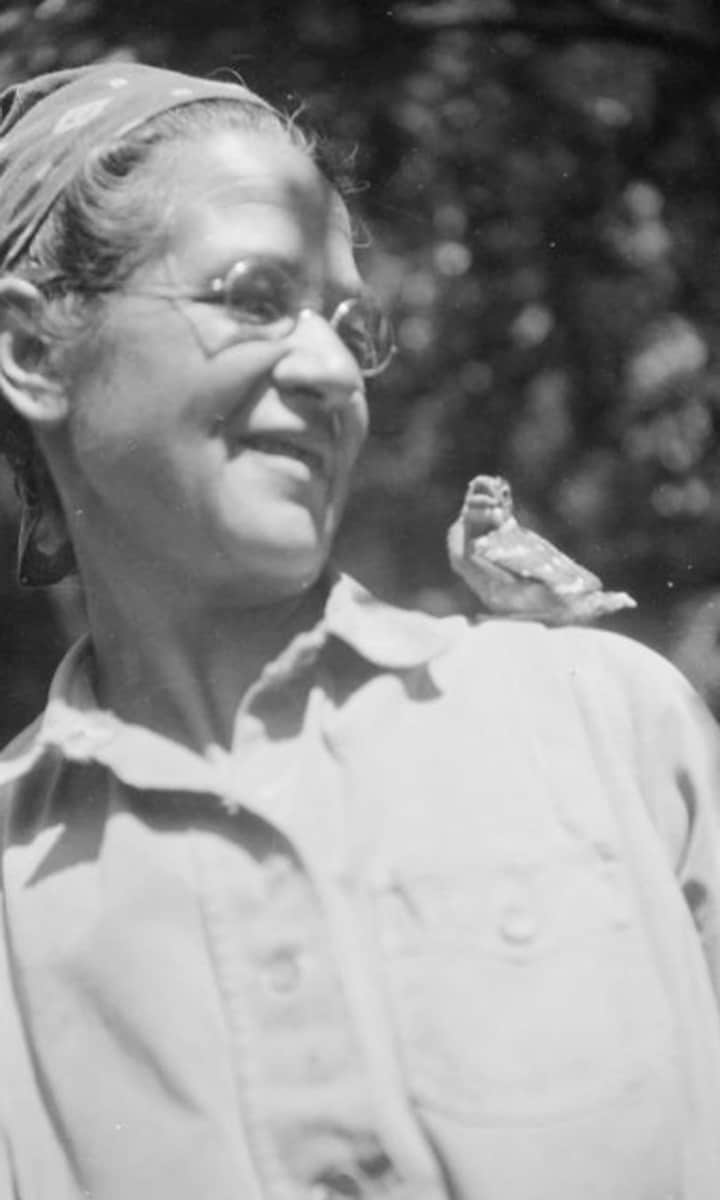A true pioneer in her field. Born in 1870 in Washington D.C. Ynés Mexia grew up in Mexico and soon found her passion for nature, exploring and learning about wildlife, and becoming one of the first members of the environmental conservation movement in California.
After moving to San Francisco, Ynés fell in love with the fauna and flora of Northern California, joining the Sierra Club and Save the Redwoods League, which is where the protection and conservation of the environment first started, in the early 1900s.
Her extensive knowledge of botany would later make her become a trailblazer in her field, as botanic expeditions were believed to be almost impossible for a woman, apart from being seen as unfeminine at the time. Ynés took on her first expedition to Sinaloa, Mexico in 1925, collecting over 1500 specimens and exploring diverse regions. She would go on to collect nearly 150,000 specimens and described 500 new species, with 50 plants now named in honor of her work and dedication.
“Mexia had agency. She was doing exactly the work that she wanted to do,” says Vassiliki Betty Smocovitis, a professor of the history of biological sciences at the University of Florida.
Ynés made history during her expedition in Alaska, as she was the first person to collect samples from the region that is now known as Denali National Park.
The passionate botanical collector traveled solo many times, riding horseback and sleeping outdoors. She explored Ecuador and Colombia and was involved in an incredible adventure after finding the wax palm in Colombia, with a mission to bring a specimen to the U.S. However, she would find herself caught in an earthquake and was saved by indigenous people after eating poisonous berries.
“I decided that if I wanted to become better acquainted with the South American Continent the best way would be to make my way right across it,” she explained in the Sierra Club Bulletin. Ynés would become the blueprint for later work made by new generations of botanical collectors and scientists.
,type=downsize)
